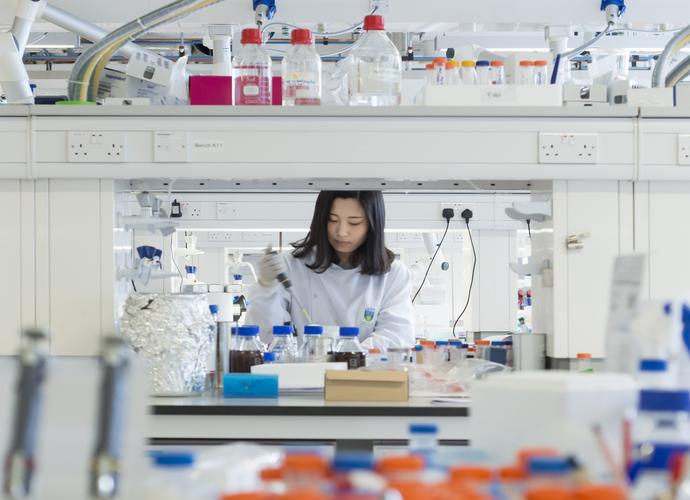The Biosafety committee has been established to provide advice to the Biosafety Officer. It meets at least 4 times a year and reviews registration forms received. It advises the Biosafety Officer on University policy and procedures relevant to biological safety and oversees the register of activities associated with the use of Hazardous Biological Agents, genetically Modified Microorganisms and Genetically Modified Organisms.
The Biosafety Committee also advise the University on the development and implementation of policies and procedures for biological safety and on the safe use of genetically modified microorganisms (GMM) and genetically modified organisms (GMO) within the University.
The committee oversees the register of activities in the area of Biological safety, GMM and GMO use, use of Human and other tissues, and aid in site inspections where work is to be carried out.
